Blackline Safety is a technology leader driving innovation in the industrial workforce through IoT (Internet of Things). With connected safety devices and predictive analytics, Blackline enables companies to drive towards zero safety incidents and improved operational performance. Blackline provides wearable devices, personal and area gas monitoring, cloud-connected software and data analytics to meet demanding safety challenges and enhance overall productivity for organizations with coverage in more than 100 countries. Armed with cellular and satellite connectivity, Blackline provides a lifeline to tens of thousands of people, having reported over 200 billion data-points and initiated over seven million emergency alerts. For more information, visit BlacklineSafety.com and connect with us on Facebook, Twitter, LinkedIn and Instagram.
10 Safety Incidents You Shouldn't Overlook
Blackline Safety, Leader in Connected Gas Detection & Lone Worker Safety
February 08, 2016
TOP ENGINEERING AND CONSTRUCTION SAFETY INCIDENTS
One of the world’s most dangerous industries, engineering and construction, accounts for numerous workplace injuries and fatalities each year. In 2013, the Occupational Safety and Health Administration (OSHA) in the United States reported 20% of occupational fatalities were in construction. That brings the total number of fatalities to more than 800 in just one year. Similarly, the Health and Safety Executive (HSE) in the United Kingdom reported 31% of workplace fatalities were construction-related that same year.
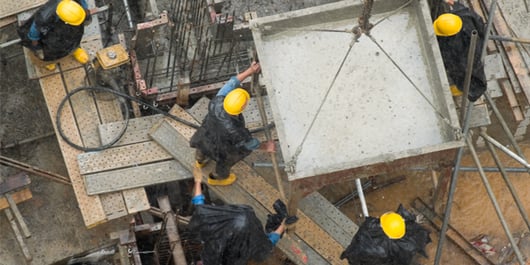
From site supervisors and foremen to equipment operators, electricians and laborers, you are responsible for the safety and well-being of all of your employees. This isn’t always easy, since they often work in environments with many moving parts, materials and heavy equipment.
In fact, thousands of incidents every year put engineering and construction workers on short- and long-term disability—many of whom can never work again due to their injuries.
Here we explore the top 10 safety incidents you shouldn’t overlook.
Let’s start with the “fatal four”—falls, struck by objects, electrocution and caught in/between are the leading causes of worker deaths on construction sites. The fatal four were responsible for more than half (57.7%) of construction worker deaths in the United States in 2013, according to the U.S. Bureau of Labor Statistics.
1. FALLS
EHS Today reports that falls had the highest fatality rate in the construction industry, accounting for over a third of the 57.7% of deaths caused by the fatal four. The report also indicates that the highest number of construction fatalities—48% of total fatalities— were to specialty trade constructors, those who work in foundations, structures and concrete. Heavy and civil engineering (utilities, sewer, oil, roads and bridges) accounted for 17% of worker deaths.
2. STRUCK BY OBJECTS
OSHA shares this example: An employee was struck by a nail from a nail gun fired by another employee through a wall made of wallboard. These types of preventable fatalities are increasing and in 2010, 402 occupational fatalities were caused by struck-by hazards in the United States.
3. ELECTROCUTION
For electrocution and lockout/tagout policies, OSHA advises that a lockout/tagout standard gives each employer the flexibility to develop an energy control program suited to the needs of the particular workplace and the types of machines and equipment being maintained or serviced.
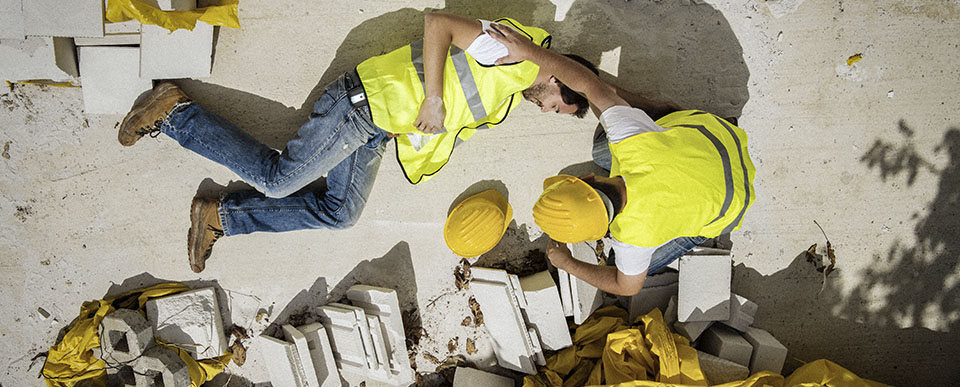 Contact with exposed, energized power lines when servicing equipment isn’t the only hazard for employees. Arc flash can occur if a wire, tool or other materials short terminals together. According to Occupational Health & Safety magazine, a tool can explode into a molten gas cloud instantly at 19,000 degrees Celsius temperatures, burning skin and clothing that isn’t fire-resistant. With five to 10 arc flash incidents occurring every day in the United States, the shockwave alone can damage internal organs and spray shrapnel throughout the work area.
Contact with exposed, energized power lines when servicing equipment isn’t the only hazard for employees. Arc flash can occur if a wire, tool or other materials short terminals together. According to Occupational Health & Safety magazine, a tool can explode into a molten gas cloud instantly at 19,000 degrees Celsius temperatures, burning skin and clothing that isn’t fire-resistant. With five to 10 arc flash incidents occurring every day in the United States, the shockwave alone can damage internal organs and spray shrapnel throughout the work area.
4. CAUGHT IN/BETWEEN
Trenching and excavation are two crucial parts of the construction process, with very hazardous work environments, especially for lone workers. The Centers for Disease Control and Prevention (CDC) reports that cave-ins can occur while trenching where workers can easily become caught in, or stuck in between materials.
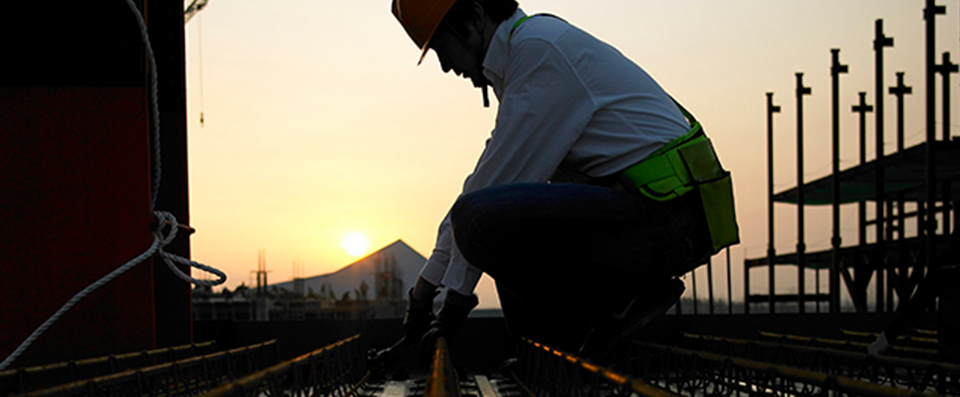 “Preventing Worker Death from Trench Cave-ins” reminds construction workers that there is no reliable warning when a cave-in may occur. This story of a construction laborer who died when trench walls collapsed is a sobering example of the risks your employees face every day.
“Preventing Worker Death from Trench Cave-ins” reminds construction workers that there is no reliable warning when a cave-in may occur. This story of a construction laborer who died when trench walls collapsed is a sobering example of the risks your employees face every day.
5. WORKING ALONE
More people work alone than you think. Berg Insight reports there are a whopping 53 million lone workers in Canada, the United States and Europe combined. That’s about 15 percent of the overall workforce. The International Data Corporation (IDC) estimates that approximately 1.3 billion people worldwide are mobile workers, many of whom work alone continuously or at various times during their workday.
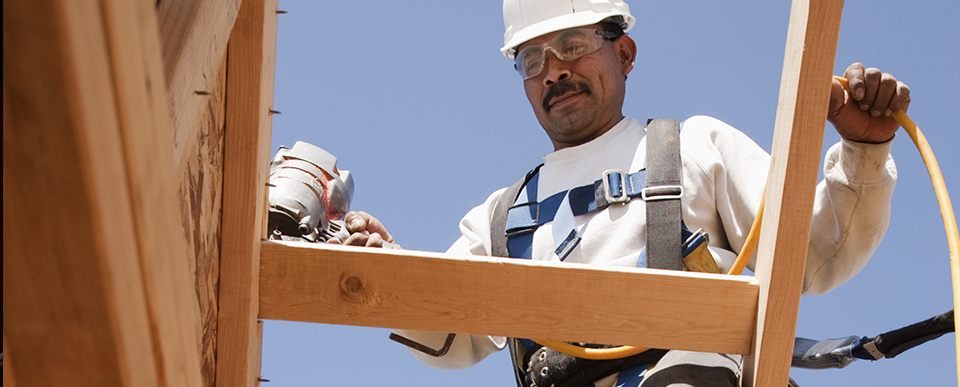 Some of your team members may work within large, complex indoor and outdoor construction sites where their daily tasks take them out of earshot and sight from others. These working scenarios can be dangerous, and without the proper safety measures in place, can be fatal to your employees.
Some of your team members may work within large, complex indoor and outdoor construction sites where their daily tasks take them out of earshot and sight from others. These working scenarios can be dangerous, and without the proper safety measures in place, can be fatal to your employees.
6. CUTTING CORNERS
Working in a high-risk environment with many moving parts and volatile materials calls for motivated personnel. Mistakes and carelessness can lead to injuries and even fatalities. Clear safety measures, processes, communication and equipment can help alleviate this risk.
7. TRAINING
Many organizations believe they have the appropriate training in place for their employees. Ask yourself: Is our training following best practices? Does it truly cover the ins and outs of engineering and construction work, including scaffolding, machinery, handling materials, electrical, cranes and even trenching? What about the potential for health incidents?
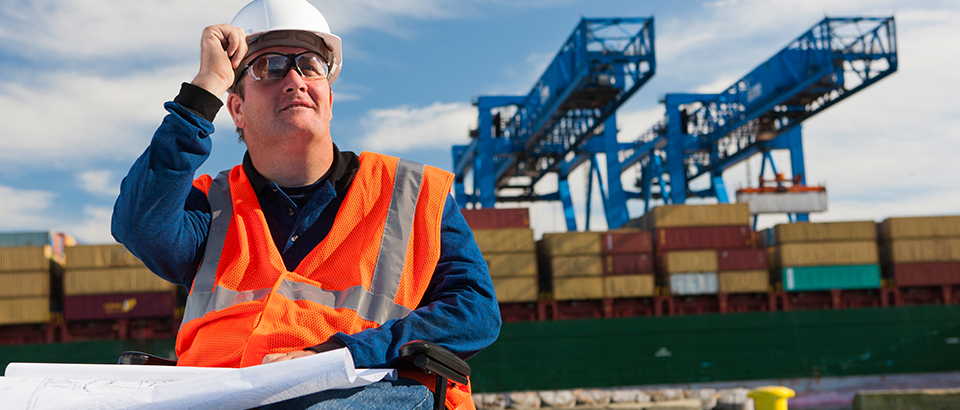 Working with dangerous equipment and moving objects can be challenging. While many of your operators know how to use their equipment, can you ensure their colleagues know what to watch out for when working around the equipment?
Working with dangerous equipment and moving objects can be challenging. While many of your operators know how to use their equipment, can you ensure their colleagues know what to watch out for when working around the equipment?
For more information about construction site training, visit the International Labor Organization (ILO) to access up-to-date training recommendations.
8. TIME
Does your business have an emergency response protocol? Has it been updated lately and how is it triggered? Are you still using a check-in process and have not made the jump to safety monitoring technology? Do you have a work-alone policy?
It is crucial to understand that the unexpected can occur, and should it become a reality that your team faces, be assured that you’ve implemented the policies and processes required to keep your team safe.
9. FAILING TO PROVIDE SAFETY PROCEDURES
Does your business have an emergency response protocol? Has it been updated lately and how is it triggered? Are you still using a check-in process and not made the jump to safety monitoring technology? Do you have a work-alone policy?
Should the unexpected can occur, you need to be confident that you’ve implemented the policies and processes required to keep your team safe. Your team must be able—at all times—to manage the most rapid emergency response possible.
A work-alone policy ensures that your employees get help when they may not be in a position to call for help. Updating your safety policies, procedures and addressing your work-alone safety monitoring program can mitigate the risks in engineering and construction.
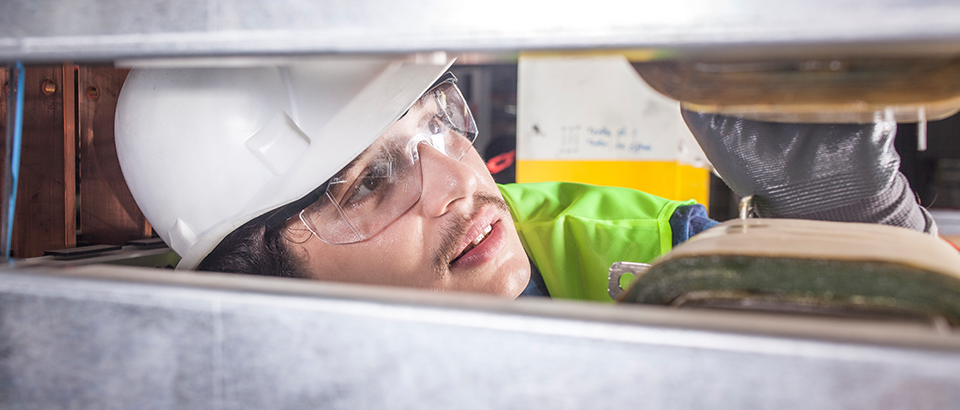 Your program must be seamless, clear, concise, communicated, and measured. It must ensure that if an injury, health incident or assault occurs, your monitoring program efficiently pinpoints your crewmembers’ precise location—indoors and outdoors— and directs a prompt emergency response.
Your program must be seamless, clear, concise, communicated, and measured. It must ensure that if an injury, health incident or assault occurs, your monitoring program efficiently pinpoints your crewmembers’ precise location—indoors and outdoors— and directs a prompt emergency response.
Do you have the right procedures in place to send an emergency response to your team when an incident occurs? Will they get there in time?
10. NO SAFETY MONITORING TECHNOLOGY
You should consider the lone-worker safety monitoring options available.
Available options range from manual check-in processes and supervisory spot checks to modern safety monitoring technology, such as offered by our Loner® solutions.
Do you have the right procedures in place to send an emergency response to your team when an incident occurs? Find out now. Let’s talk about how we can help elevate your current safety monitoring program, connect with us today.
Get In Touch
Let’s start a discussion about your safety challenges and needs.
Related Blog Posts
Real-life Incident: Anna’s Story – Heart Attack While Working Alone
January 22, 2025
‘Please hurry!’How Anna’s G7 Saved Her Life Pain ripped through Anna’s chest and back, taking her breath away. She felt dizzy and like she was...
Real-Life Incident: Leo’s Story - Stranded in the Wilderness
December 13, 2024
'I am stranded': Well site inspector credits Blackline connected wearable device for facilitating remote backcountry rescue Leo felt the quad’s...
Real-life Incident: James’ Story – Knocked Unconscious by a Fall
October 09, 2024
'The G7’s alarm woke me up': Tank inspector credits G7 for waking him and agent for staying with him after suffering severe concussion while working...


